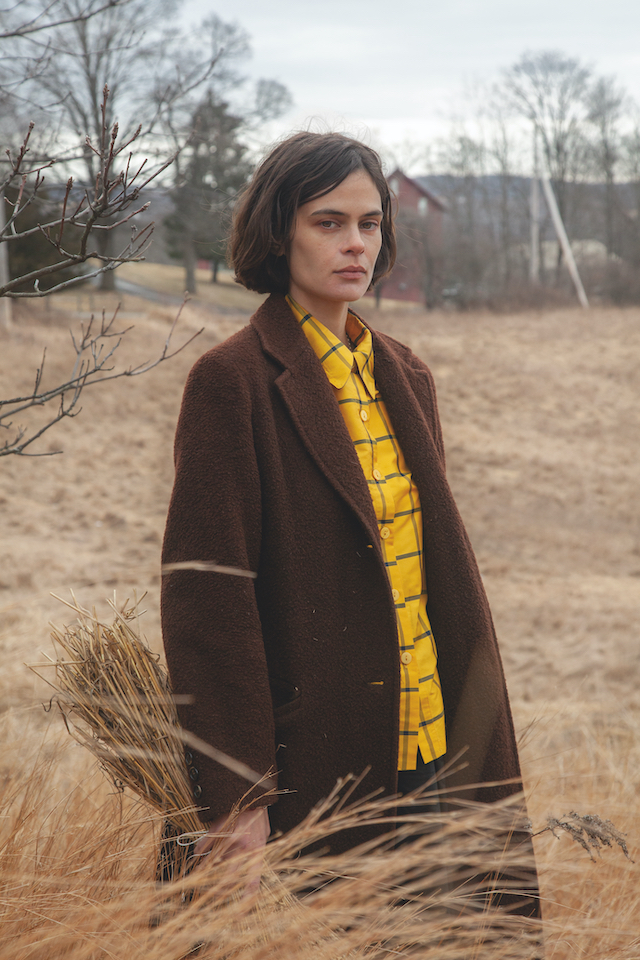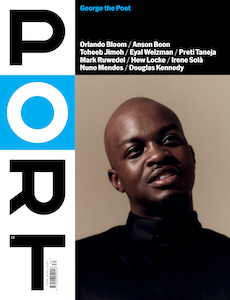Baker and artist Lexie Smith explores bread’s potential as a socio-political, economic and ecological barometer

It’s strangely difficult to think deeply about the things that are most familiar to us. We can encounter something so often that it becomes almost invisible. Take bread. Millions of people all over the world eat it every day without a second thought. But bread has many meanings we don’t usually consider when we’re having a slice of toast. It represents money, the breadwinner, but it also symbolises poverty, the breadline, down-to-earth nourishment, as well as the food of the gods and the body of Christ. Its associations encompass socialism, artisan craft, companionship, domesticity and mass consumerism.
These are the meanings that have driven the American baker and artist Lexie Smith’s work. She is the creator of Bread on Earth, an online platform where she exhibits sculptural work made of bread, writes about its socio-political implications, and curates an archive that preserves and celebrates recipes from around the world.
She joins me on Zoom from the farm she both lives on and works at, a non-profit called Sky Farm in upstate New York, where she performs the roles of programmer, communications strategist, fundraiser and seemingly anything else that needs doing. Oh, and she’s contributing to a Marni fashion show on the side. And working on a book proposal. I ask her what ties all these projects together. “A fixation with the natural world, and tending to that, and investigating what that can tell us about ourselves. I definitely have an obnoxious, moral bent. I feel compelled to do things that are utilitarian.”
Even when everything shut down in 2020, Smith felt this drive to keep going, to be doing something useful. Early in the first lockdown, she realised that through her practice as a baker, she suddenly had something that a lot of people needed: sourdough starter. “In times of instability and isolation, bread has always been something that people reach for,” she tells me.
Smith offered to send her starter to people all over the US, for free. Thousands of people took her up on it. “The messages that I received from folks who were using it were shockingly intimate and emotional. It was a reminder of what this stuff means to us.” She also began to wonder whether kneading dough was offering a simulacrum of human touch that so many people were craving. “There’s this sensory quality to dough that I think is so reminiscent of the human body,” she says.
But for Smith, bread is for life, not just for the pandemic. In her early years she was “obsessed” with baking and writing recipes, which led her to working in restaurants after college. She had dreams of making art, but also had rent to pay, and confesses that she lied her way into kitchens for a number of years, in Texas and then New York. “But I was pretty disillusioned by it before long,” she reflects. “It didn’t allow for the improvisation and creative spurs that I was prone to. And so I quit eventually, and developed Bread on Earth.”
One of the things Smith posts on Instagram, and to Bread on Earth, is artwork using dough as the medium. One recent piece shows bread with intertwined sections, like a traditional challah, but the sections become fingers at the end. However, she finds it difficult to consider herself an artist. “I do have the compulsion to do something that ‘means’ something, and I don’t actually think it’s the role of the artist to do something that’s meaningful. During the pandemic, people were saying art is more important than ever. I was like, no, it’s not. Growing food is more important than ever, policy change is more important than ever.”
For her, the aesthetically pleasing elements of her work, the strangely shaped objects made from dough, the beautifully burnished crusts, are a way of luring people into thinking seriously about bread by way of a sort of Trojan loaf. “I’m more interested in talking about industrial agriculture and the history of grain; how we think about different kinds of bread and therefore about different kinds of people. So making something that looks good is how I get people to pay attention to those conversations.”
To hear Smith talk about it, there are an almost infinite number of ways to think intellectually about bread. She tells me how the flour we buy in the supermarket is made from a hybrid grain that was developed for high yield volume, but is more difficult to digest and requires intense petrochemical industry, and how this reflects industry prioritisation of profit over human well-being and the natural environment. We discuss bread’s link to the Bible, and then to colonialism. “Why was it that colonists always carried wheat seeds in their pockets when they went to conquer a new land, and made sure to convert everybody to Christianity and become wheat bread eaters? Because wheat bread represented Christ. In order to convert people to Christianity, they made sure that the grain being eaten would make their bodies righteous.”
It’s not all bread all the time for Smith, although she acknowledges that in giving interviews – particularly around the pandemic – to do with bread, she has contributed to a tendency to pigeonhole her. “There was definitely a point where me as ‘the bread lady’ was something that I didn’t relate to,” she notes, and her range is certainly extraordinary, exemplified by her current studio project which is based on experiments with spectrograms.”
Nevertheless, despite her resistance to being ‘the bread lady’, it’s a staple that still has her in its thrall, and still has the capacity to surprise her. “The point with bread is that it will never behave the same way twice,” she exclaims, her enthusiasm palpable.

This article is taken from Port issue 30. To continue reading, buy the issue or subscribe here




